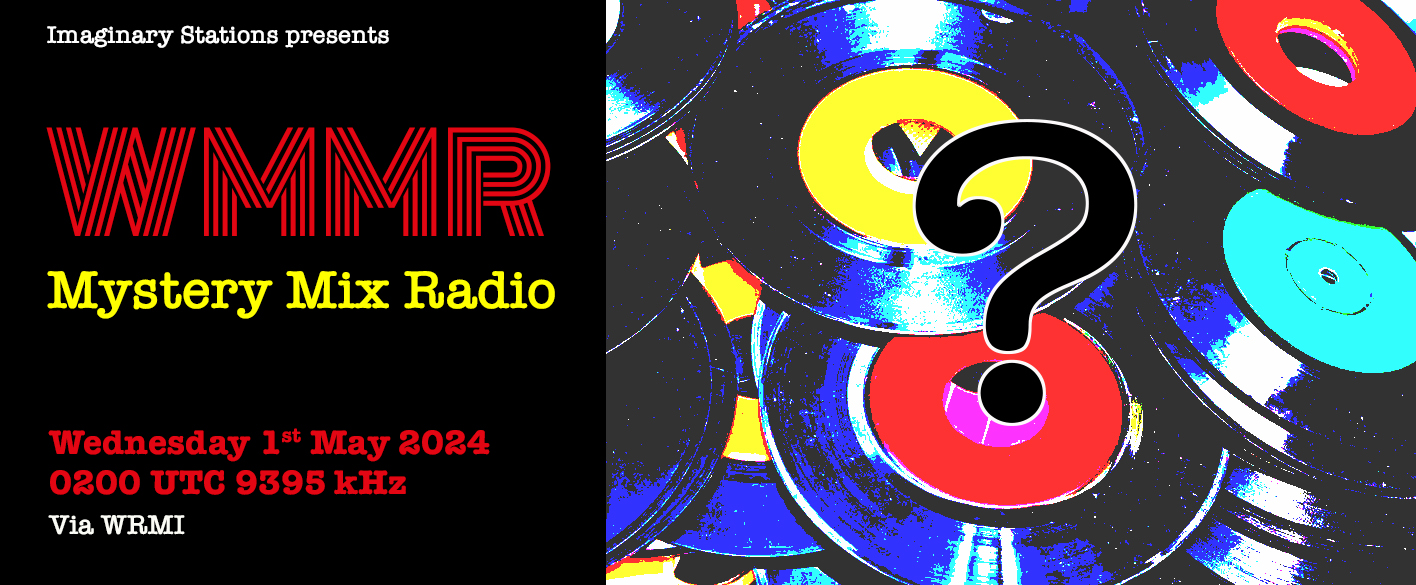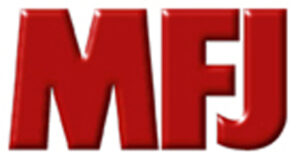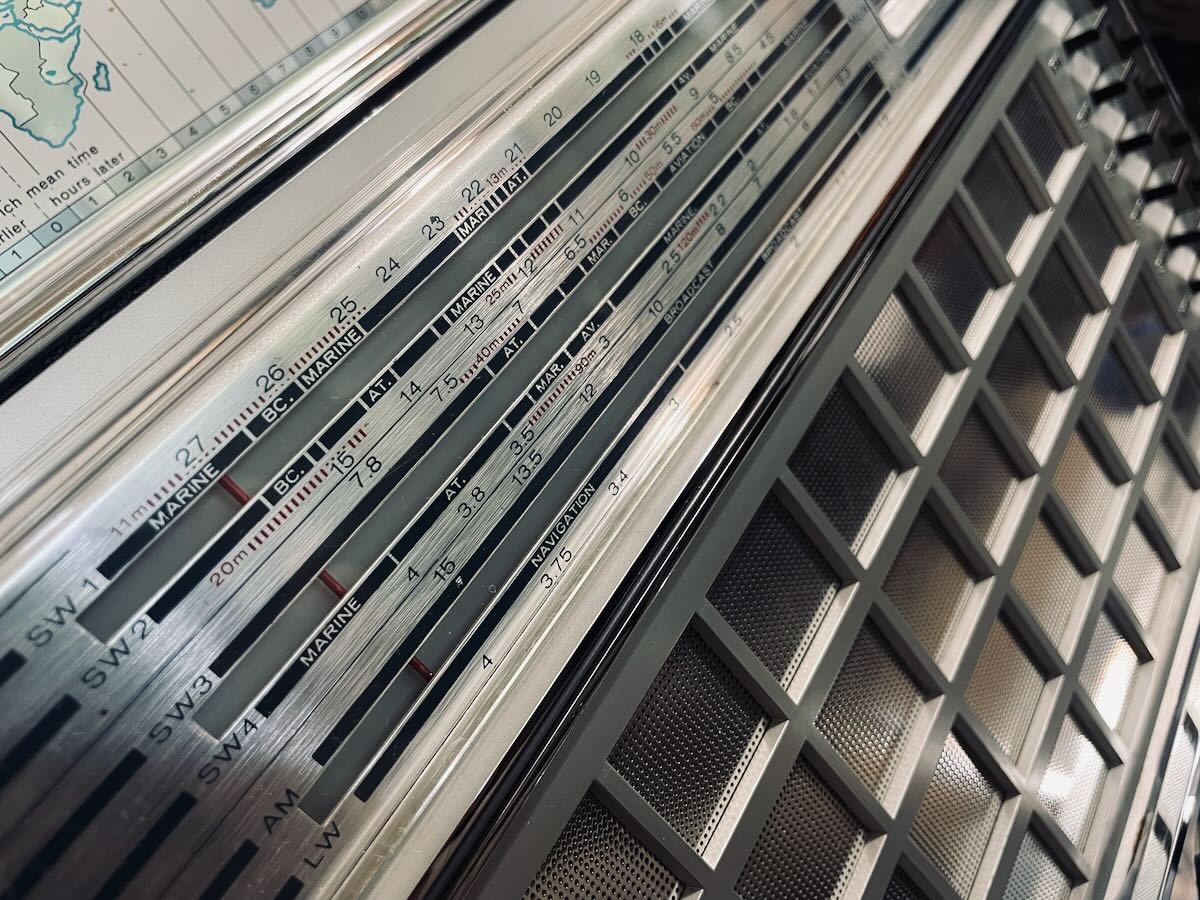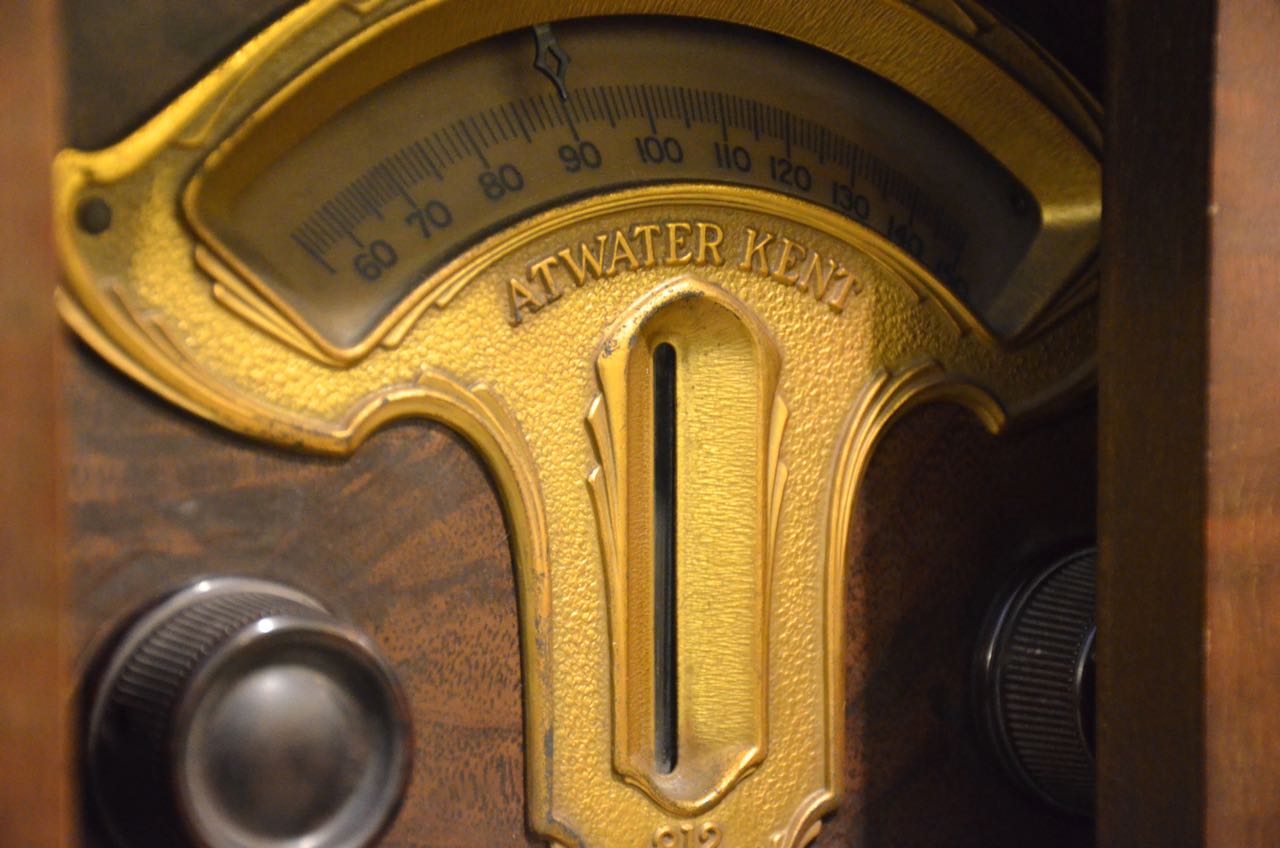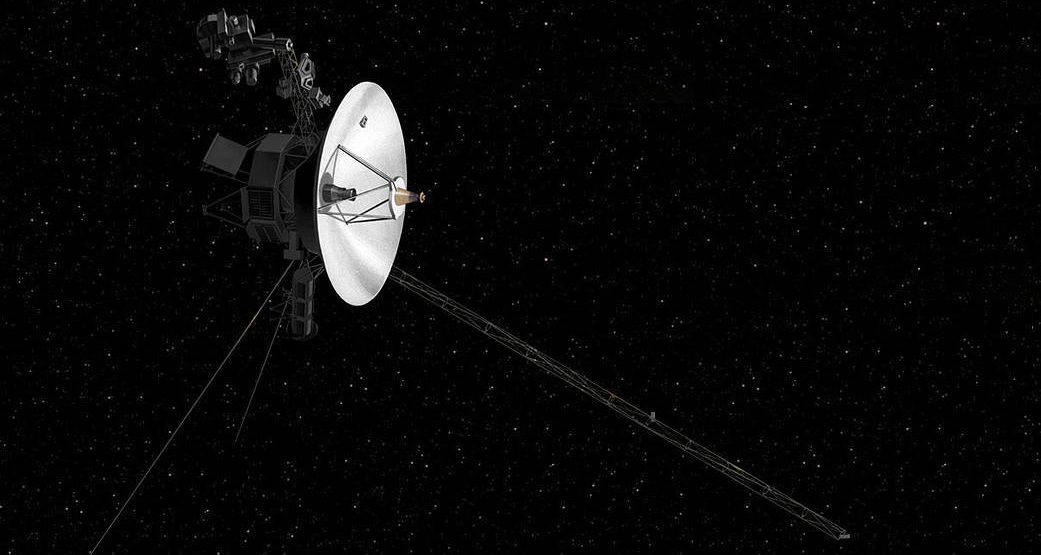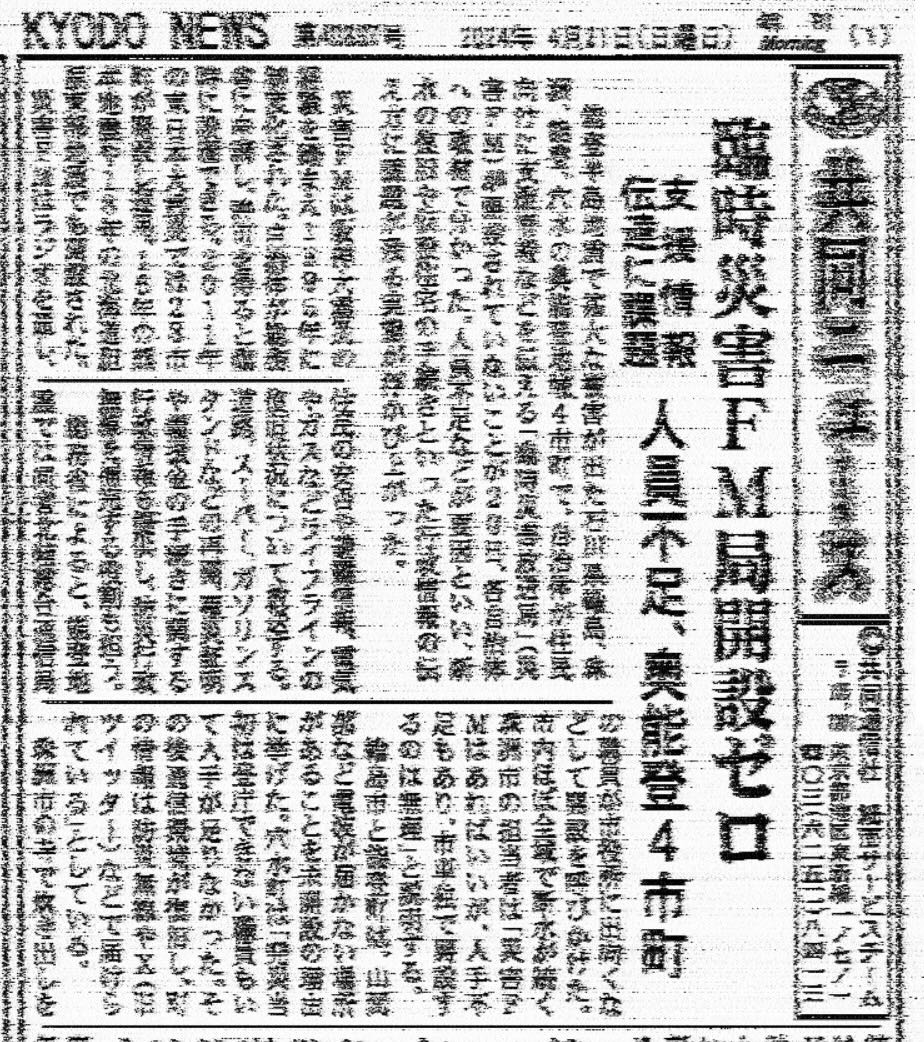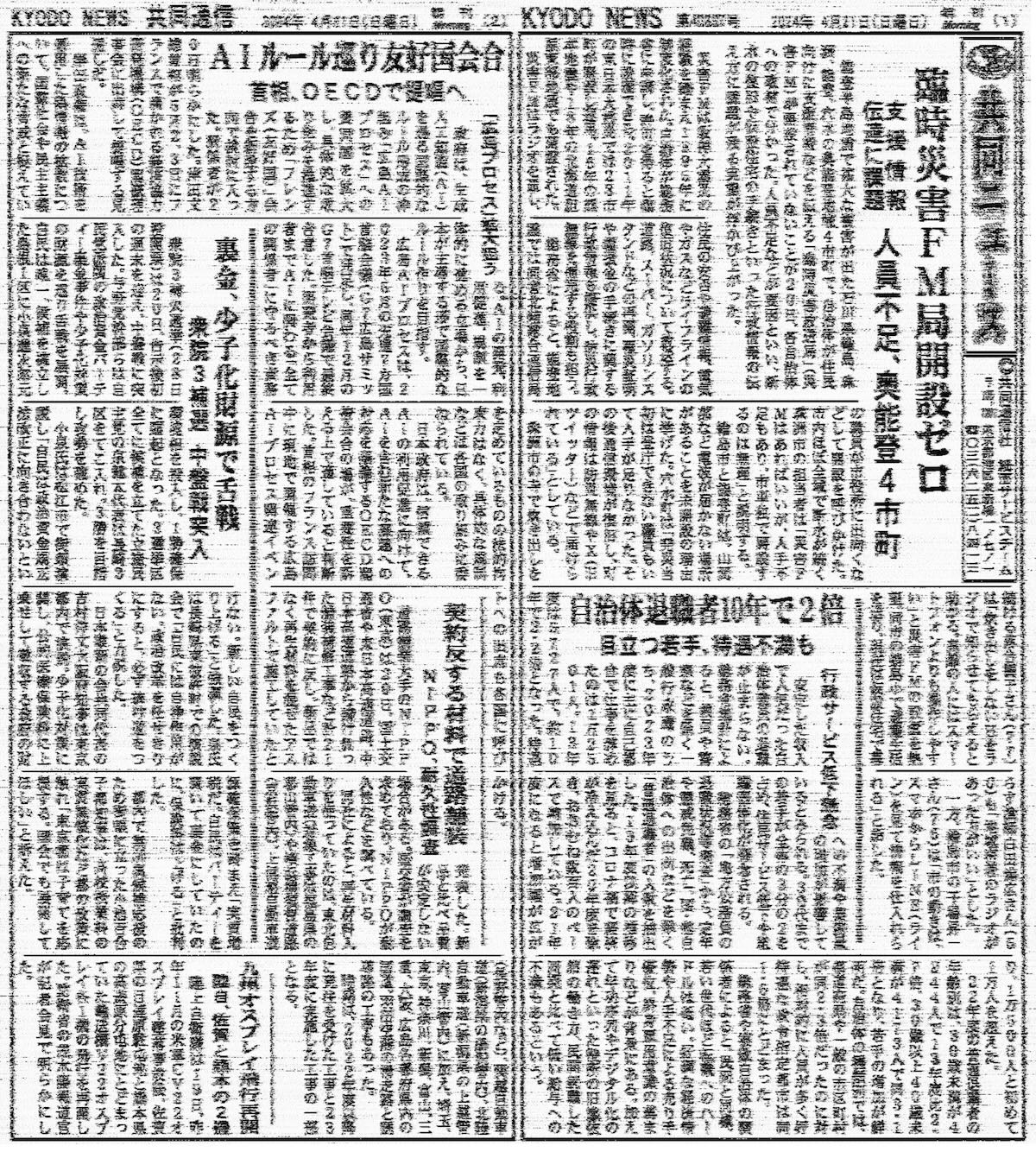Hi, FastRadioBurst 23 here letting you know of a couple of our shows this week. On Sunday 28th April 2024 at 0900/1300 hrs UTC on 6160 kHz and then at 2000 UTC on 6160 kHz and 3975 kHz we have The Shortwave Garage Sale beamed to Europe via Shortwave Gold. Pull open that garage door, crank up your shortwave radio to 11 and enjoy our rousing Garage and Psyche special. Why not even get into some overalls and lie down on one of those mechanic’s creeper things and really get into the garage vibe!
On our new day of Wednesday 1st May 2024 via the services of WRMI we bring you another episode of WMMR – Mystery Mix Radio at 0200 UTC on 9395 kHz. Who knows what DJ Frederick will play but we promise you it’ll be interesting and fun.
We are still looking for some financial help to cover our production and transmission costs for our shows on shortwave so here’s our fundraising video below. We’d love to keep our show on the air for the rest of the year and we are looking for donations (no matter how small as everything helps) to keep our shows bouncing off that ionosphere. Remember, radio connects us all!
For more information on the shows please email [email protected] and check out our old shows here.


